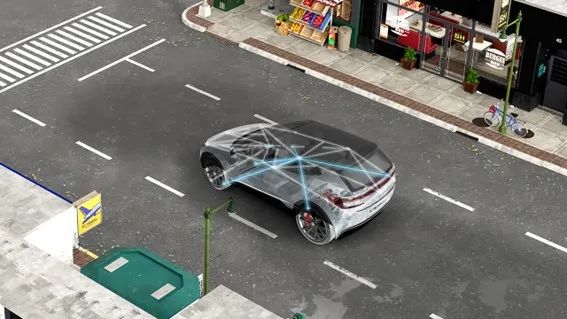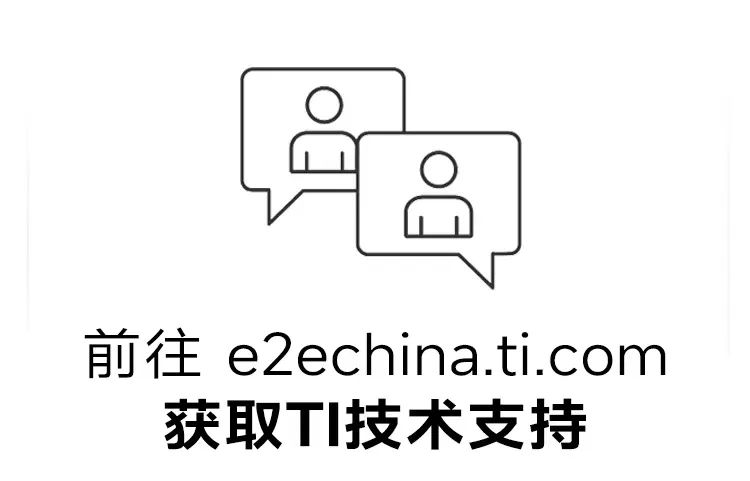Click the blue text above
Follow us!

Electronic products are continuously improving our interaction with automobiles. As integrated navigation or hands-free calling is no longer an exciting new feature, we have made significant progress.
Today’s vehicles are equipped with innovative technologies and utilize hundreds of thousands of semiconductors to enhance intelligence, electrification, and safety levels. From climate-controlled seats to customized lighting effects, semiconductor chips improve comfort; in some vehicles, these features can also be supported by multiple touch screens or smartphone applications.
We are now in the era of software-defined vehicles, which is a major trend in the automotive market, allowing manufacturers to enhance service levels, personalization, and convenience.
Of course, safety remains paramount, with nearly 93% of new cars featuring at least one Advanced Driver Assistance System (ADAS) function[1]. It is estimated that ADAS can prevent up to 1.6 million accidents (per year) and save up to $36.7 billion in losses[2]. Without the advancements in ADAS and connectivity brought by semiconductors, these numbers would not be achievable.
Regional architecture is another trend in the automotive sector that helps realize software-defined vehicles. Compared to domain architectures that group according to the functions of electronic control units (ECUs) within vehicles, regional architectures group based on their locations within the vehicle. These location-based ECUs (also known as regional control modules) utilize existing and new network interfaces, aiming to centralize the vehicle’s hardware and software architecture.
“Texas Instruments has the capability to meet all major communication needs arising from the automotive industry’s architectural shift,” said Tsedeniya Abraham, Vice President of Texas Instruments’ Interface Business Unit. “We can help designers manage and simplify the combination of data types required for regional architecture.”

Reducing Wiring with Protocols
As the number of sensors and actuators in vehicles increases, the amount of data that needs to be transmitted within the vehicle is also rising. Each ECU needs to communicate with sensors, actuators, and other ECUs to accurately execute motion and safety functions. In the past, this required many bulky wiring cables to transmit power and data throughout the vehicle.
Fortunately, regional architecture reduces wiring, weight, and costs, thus better optimizing software-defined vehicles. Common communication protocols such as Ethernet, Controller Area Network (CAN), and Local Interconnect Network (LIN) are still crucial for organizing the increasing amount of data.
For example, Ethernet can achieve ultra-fast and ultra-low latency safety-critical communication to avert accidents. Protocols like CAN or LIN are cost-effective and well-suited for other lower bandwidth connections, such as window lifts, seat temperature adjustments, or power steering.
“Ethernet between regional control modules is an ideal choice for high-speed data transmission, while CAN or LIN is an efficient and quick choice for last-mile communication within each region.” Tsedeniya stated.
FPD-Link™ protocol can provide rates of 13.5Gbps through a single cable, thus meeting the demanding requirements for video transmission. This is sufficient to handle high-resolution displays within the vehicle.
Considering safety, the speed of Texas Instruments’ FPD-Link serializer/deserializer (SerDes) is fast enough to transmit uncompressed camera data, which is a significant advantage as vehicles integrate more ADAS features.
Uncompressed data is critical for reducing visual artifacts, which would otherwise interfere with the system’s ability to process images and respond to them. FPD-Link is also bidirectional, allowing the system to control the camera even while receiving images.
Looking to the Future
Given the need to integrate various protocols, manufacturers are turning to our company’s extensive range of automotive communication devices to meet the shift to regional architecture.
Wireless technology is equally exciting. Fern Yoon, Director of Automotive Systems Engineering and Marketing at Texas Instruments, stated: “Some consumers can receive new performance or convenience features through wireless updates without having to take their cars to the repair shop, even complying with recall regulations.”
With regional architecture supporting the vision of software-defined vehicles, automakers are redefining the next stage of driver personalization, safety, and convenience.
Tsedeniya stated: “Texas Instruments will continue to invest to keep pace with the evolving trends in automotive architecture today and in the future.”
References:
[1] AAA. January 2019. “ADVANCED DRIVER ASSISTANCE TECHNOLOGY NAMES.” Accessed March 25, 2024.
[2] Khana, Abdullah, Corey D. Harper, Chris T. Hendrick, Constantine Samaras. Net-societal and net-private benefits of some existing vehicle crash avoidance technologies. Published in Accident Analysis & Prevention 125 (April 2019): pp. 207-216.
For more online technical support, please visit the TI E2E™ Chinese Support Forum (e2echina.ti.com).








Click “Read the original text” to learn more about Texas Instruments’ connectivity technologies!